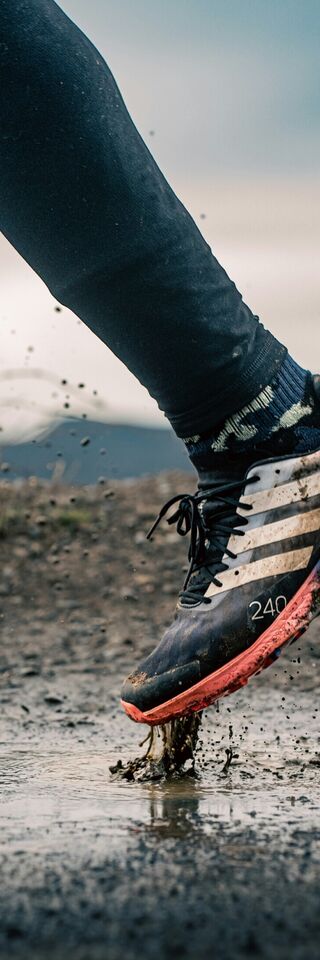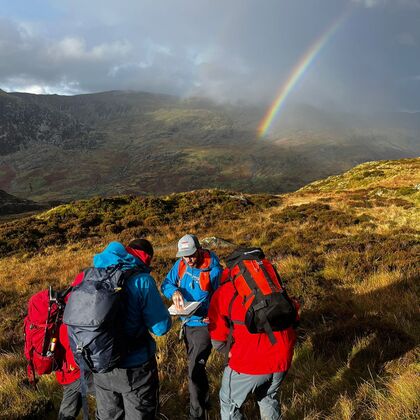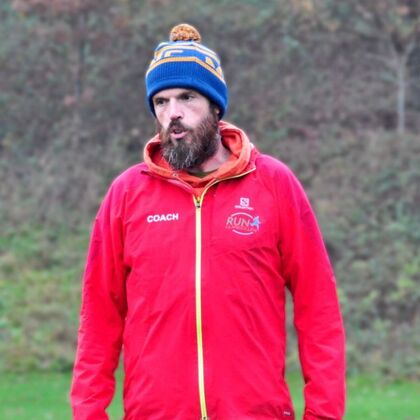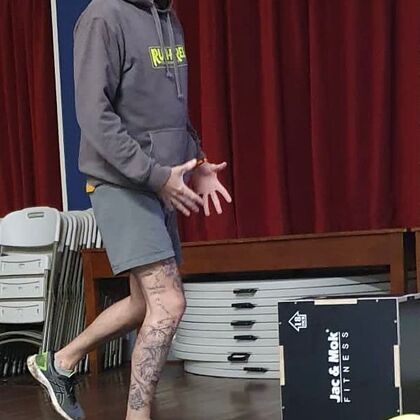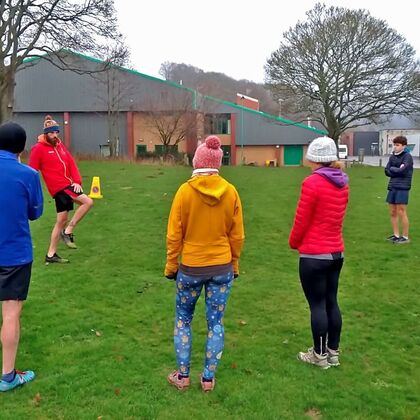Ever heard the term ‘trail running’ and wondered just what the heck that means?
Isn’t a trail something that native Americans created in the vast unchartered territories of the Appalachians and the Rocky Mountains? Or isn’t it a mix that gives you the justification to eat glow-in-the-dark M&Ms because they are mixed up in the same bag as nuts and raisins? Or isn’t it just something that a slug leaves as a big fck you on the path after munching all your lettuces?
Well, we are here to demystify all your trail running myths and answer some of the most commonly asked questions when it comes to this increasingly popular sport.
What is the difference between running and trail running?
Trail running quite simply is any running which you do off-road. It could be on a forest track, through fields, up mountains and alongside rivers. It could be a combination of all these things, and also include some sections on tarmac roads. At school, it many have been called ‘cross-country’ running, the very mention of which probably sent your heart sinking to your boots at the thought of soggy trainers, cold legs and seemingly endless hours slogging round a muddy field. Well, we are here to prove that memory wrong!
What is the difference between trail running and fell running?
Trail running is usually on paths and trails (hence the name!) which are usually quite easy to follow whereas fell running doesn’t. The term ‘fell’ is mainly used in the Lake District to describe mountains or high moorland. True fell running requires you to be able to navigate so you can find your way without paths, and often in very poor visibility. However, lots of big events and famous routes will often incorporate both elements of trail and fell running so it is not always clear cut. Although trail running is generally on well defined tracks, it is always recommended that you have some basic navigation skills to help you should you lose your way.
Do you need any special kit to go trail running?
Although you probably could head out trail running using your regular road running trainers, it is advisable that you invest in a pair of trail running shoes. These tend to have a slightly lower heel drop and deeper tread on the bottom to give you better traction and stop you slipping all over the place. They also tend to have stiffer midsoles and protective rock plates on the front to protect your feet from rocks and stones. If you are used to lightweight road running shoes they may feel heavier and less flexible to start with, but you will soon get used to them. Don’t worry too much about whether they are waterproof or not. A wise seasoned trail runner once told me that a waterproof shoe will hold the water and therefore be heavier and harder to run with, whereas a non-waterproof shoe helps any water flow out easily. You will however have to resign yourself to wet feet as a trail runner during the winter months in the UK! Apart from a decent pair of shoes, other kit is really optional. If you are planning to do some long trail runs then a lightweight running rucksack with drinking bladders and several zip pockets is a good idea. As are lightweight Gore-Tex waterproofs (jacket and trousers), plus a woolly hat, gloves and a whistle. If you are planning to really get off the beaten track, it’s advisable to pop an emergency blanket in your rucksack, together with a whistle and some emergency high-energy food.
How do you make sure you don’t get lost when you are running off-road?
If you are new to trail running then it’s a really good idea to plan your route carefully before you go so you can see on a map the paths and tracks you are going to take. This also helps you to estimate how far and how long the run is going to take so you can assess whether you will need to take food and water with you. As a general rule of thumb, any run over an hour you should probably look to take on some fuel, but this is all very dependent on the individual so see how you feel once you’ve been out a few times. Take the map with you and make sure you know how to orientate and read it when you are out and about. Alternatively, you can OS maps through apps on your phone which are great, as long as you can get signal where you are going. If you don’t know how to read a map, join a course or speak to someone who can show you the basics as there’s no point in having all the gear (compass, GPS tracker etc.) if you don’t know how to use it.
What’s so great about trail running compared to ‘normal’ running?
The freedom of getting off running on roads or pavements in built up areas is a big draw for a lot of people. Getting out onto trails generally means you are more immersed in nature as you run among forests and fields and get sneaky glimpses of wildlife that you wouldn’t usually see. If you run all year round you’ll also get more tuned into the seasons and how the natural world changes with each passing month. From a technical point of view, trail running demands more concentration as you navigate undulating terrain and different gradients, which are also great for building the strength in your legs and ankles. Trail running is arguably a better option for anyone who suffers from shin splints from excessive road running.
Can anyone start trail running?
Yes! This is one of the beauties of the sport. You can literally just put your trail running shoes on and go wherever your feet carry you (obviously within the rules of the law, alas we don’t have a right to roam in England and Wales – yet!). You can even start by walking the uphills and running the downhills (or vice versa!) as you start to build your fitness and your confidence for running off-road. There are lots of local trail running organisations you can join plus groups on Facebook that will share hints and tips and inform you about trail runs and races you can join in your local area. You could also join a day camp which will give you a really good grounding in all the basics so you can learn how to trail run most efficiently, how to navigate and what exercises you can do to build your strength and keep you injury-free. We will be running an Introduction to Trail Running Camp at The Forge on the 1st May and as well as all this you will also have the option of getting a sports massage and enjoying hot and cold therapy in a wood-fired sauna.
